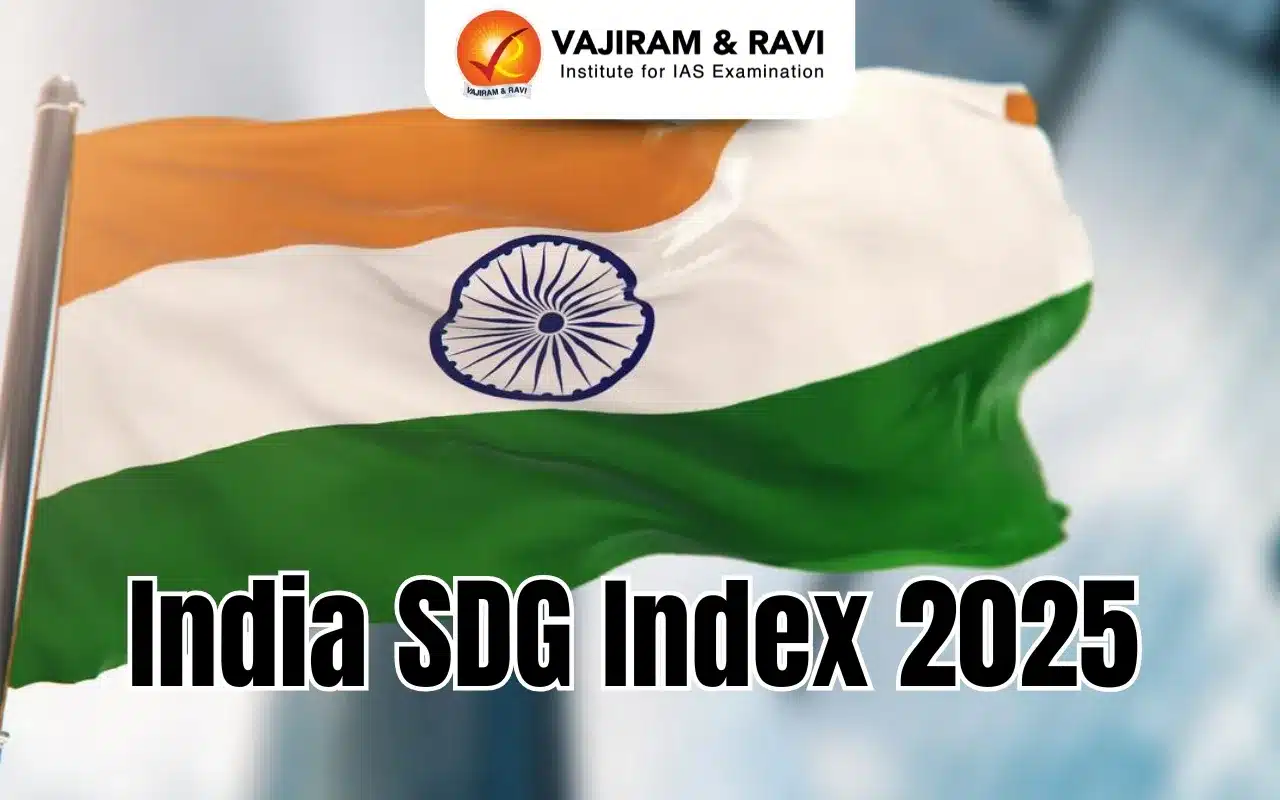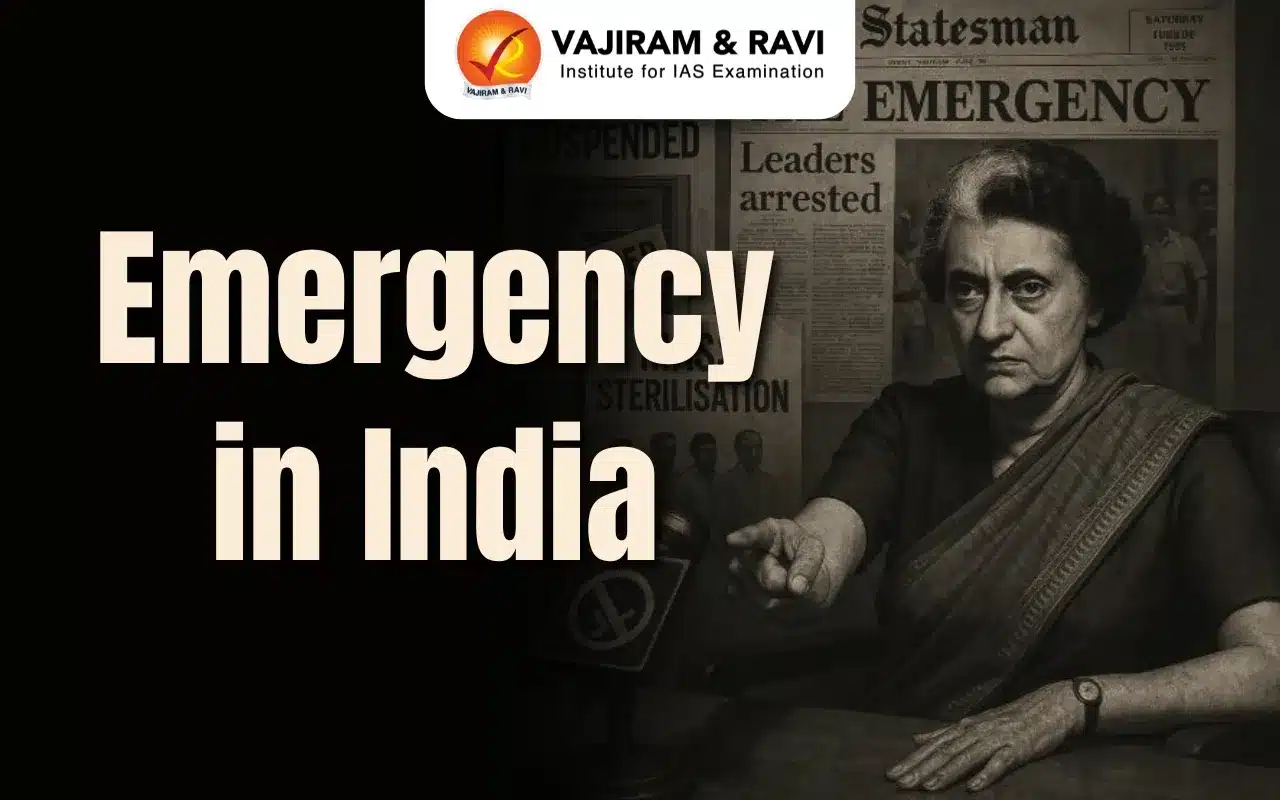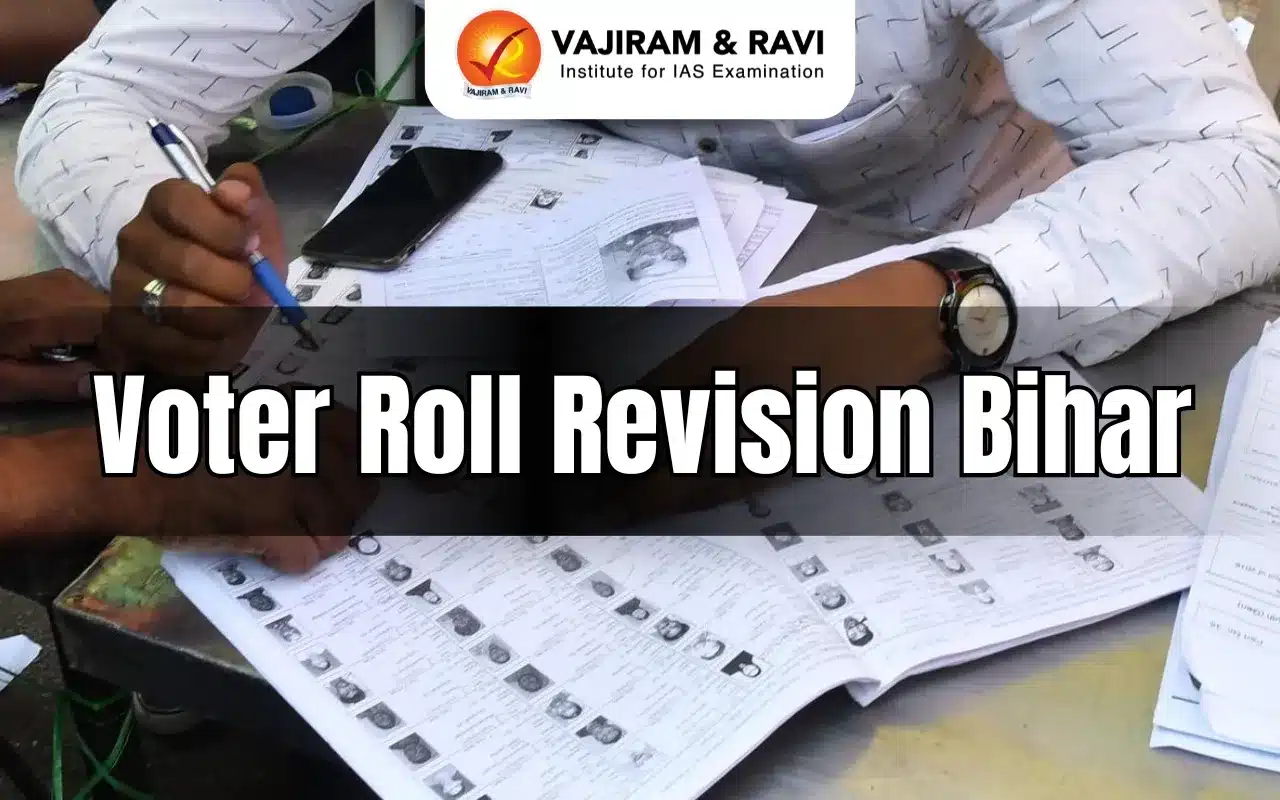What’s in today’s article?
- Why in the News?
- About Road Connectivity Project for Left Wing Extremism Affected Areas
- About Naxalism
- Ambitions of Naxals
- Steps Taken by the Successive Governments to Counter Naxalism
- News Summary
Why in the News?
- The Centre has doubled the allocation of funds under the Road Connectivity Project for Left Wing Extremism Affected Areas (RCPLWEA) for financial year 2024-25.
- Earlier, Union Home Minister Amit Shah announced that Left Wing Extremism will be “completely eradicated” in the country before March 2026.
About Road Connectivity Project for Left Wing Extremism Affected Areas
- The Union Government’s Road Connectivity Project for Left Wing Extremism (LWE) Affected Areas aims to improve infrastructure in regions impacted by insurgency and extremism.
- Launched as part of a broader strategy to foster development and peace, the project focuses on constructing and upgrading roads in the most affected areas.
- A separate vertical under the Pradhan Mantri Gram Sadak Yojana (PMGSY), it is aimed at providing all-weather road connectivity with culverts and cross-drainage structures in 44 worst-affected LWE districts and adjoining districts in 9 states, which are “critical from security and communication point of view”.
- Under the scheme, the Centre and states share the expenditure in 60:40 ratio — same as under PMGSY.
- on September 2, the Ministry of Rural Development, the nodal ministry for the scheme, said the revised “indicative allocation” of funds — the central share — has been kept at ₹1,000 crore for financial year 2024-25.
- This is double the amount allocated earlier.
About Naxalism
- The birth of Naxalism is pinpointed to the Naxalbari uprising in 1967.
- Naxalbari, a village in West Bengal that gave its name to the movement, was the site of a peasant revolt, instigated by communist leaders such as Charu Majumdar, Kanu Sanyal, and Jangal Santhal against land owners of the State.
- Naxalism is an extremist ideology which doesn’t believe in the concept of democracy and democratic process.
- It is a form of armed insurgency against the State motivated by Leftist/Maoist ideologies and thus is also known as Left Wing extremism (LWE) or Maoism.
Ambitions of Naxals
- Chinese Communist ideologue and leader Mao Zedong provided ideological leadership for the Naxalbari movement, advocating that Indian peasants and tribals overthrow the government and upper classes by force.
- The objective of their fight was redistribution of land to working peasants, which was controlled by landlords for generations.
- Oppressed population, including tribes and rural Dalits, wanted their share of land which was denied to them for generations.
- A large number of urban elites were also attracted to the ideology.
- To achieve the same, the Naxals, or the Maoists as they are also known, engaged in a violent uprising against security forces.
- The early 1970s saw the spread of Naxalism to almost every state in India, barring Western India.
Steps Taken by the Successive Governments to Counter Naxalism
- The Government has used various sustainable strategies towards the Maoist insurgency.
- The principal strategy used by the government is the ‘Law and Order Approach’.
- Intelligence and Networking:
- The government has set up Multi-Agency Centre (MAC) at the Central level and State Multi-Agency Centre (SMAC) at the state level.
- These centres have proved to be highly effective in Maoist hotbeds.
- Deployment of Central Paramilitary Forces:
- The creation of Central Armed Police Forces (CAPF) to carry out counterinsurgency strategies has been a significant factor to improve the condition.
- SAMADHAN:
- In 2017, the Union Government launched SAMADHAN.
- The acronym stands for the following:
- S – Smart Leadership, A – Aggressive Strategy, M – Motivation and Training, A – Actionable Intelligence, D -Dashboard Based KPIs (Key Performance Indicators), and KRAs (Key Result Areas), H- Harnessing Technology, A – Action plan for each theatre and N- No access to Financing.
- This policy aims to hit at critical junctures in the Maoist links.
- Ban on the CPI(Maoist) and the UAPA Act, 2009:
- The Union Government in 2009 put a countrywide ban on the CPI(Maoist).
- Apart from this, the government enacted the Unlawful Activities Prevention Act, 2009 to put a check on the activities of the Naxalites and providing police and paramilitary forces autonomy and increased powers.
News Summary
- The government has doubled the funding for the Road Connectivity Project for Left Wing Extremism Affected Areas (RCPLWEA) for the financial year 2024-25, following Union Home Minister Amit Shah’s announcement that Left Wing Extremism (LWE) will be eradicated by March 2026.
- The revised allocation of ₹1,000 crore from the central government, up from ₹500 crore, will require an additional ₹500 crore from the states, making the total funds for the project around ₹1,500 crore for the year.
- The scheme is expected to boost socio-economic development and support security needs in these regions.
- Since its inception, 1,347 road projects covering over 12,227 km have been sanctioned, with nearly 9,259 km of roads completed.
Q1. What is Maoism in simple words?
Maoism is a form of communism developed by Mao Tse Tung. It is a doctrine to capture State power through a combination of armed insurgency, mass mobilization and strategic alliances. The Maoists also use propaganda and disinformation against State institutions as other components of their insurgency doctrine.
Q2. What is the basic difference between Marxism and Communism?
Marxism is a theory about society, while communism is a political and economic system.
Last updated on June, 2025
→ UPSC Notification 2025 was released on 22nd January 2025.
→ UPSC Prelims Result 2025 is out now for the CSE held on 25 May 2025.
→ UPSC Prelims Question Paper 2025 and Unofficial Prelims Answer Key 2025 are available now.
→ UPSC Calendar 2026 is released on 15th May, 2025.
→ The UPSC Vacancy 2025 were released 1129, out of which 979 were for UPSC CSE and remaining 150 are for UPSC IFoS.
→ UPSC Mains 2025 will be conducted on 22nd August 2025.
→ UPSC Prelims 2026 will be conducted on 24th May, 2026 & UPSC Mains 2026 will be conducted on 21st August 2026.
→ The UPSC Selection Process is of 3 stages-Prelims, Mains and Interview.
→ UPSC Result 2024 is released with latest UPSC Marksheet 2024. Check Now!
→ UPSC Toppers List 2024 is released now. Shakti Dubey is UPSC AIR 1 2024 Topper.
→ Also check Best IAS Coaching in Delhi












